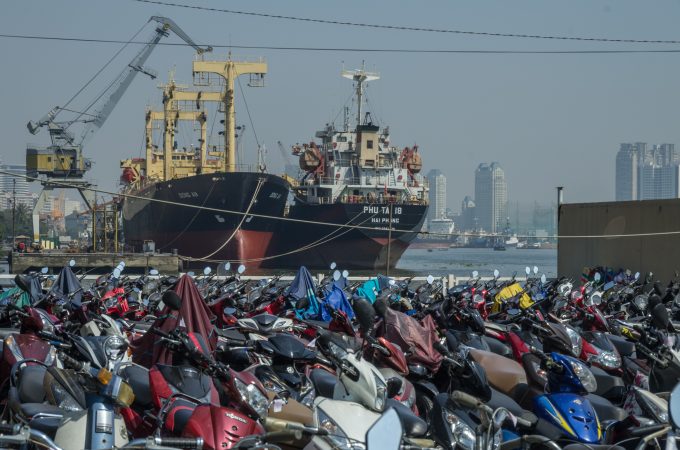South Korea and Vietnam governments intercede for SME shippers
The governments of South Korea and Vietnam are intervening to insure domestic exporters have sufficient ...

Vietnam’s shippers, freight forwarders and ports have been left reeling after the collapse of Hanjin Shipping.
A manager at now-defunct subsidiary Hanjin Vietnam told The Loadstar more than 3,000 Vietnamese containers were caught up in the crisis, including approximately 1,500 import boxes held up at origin ports; 400 held in sellers’ warehouses; and 1,300 export containers stranded in terminals or on Hanjin vessels.
Textiles, garments, furniture, footwear and fish are likely to make up the majority of the exports heading to the US or East ...
Transpacific sees first major MSC blanks as rates fall and volumes falter
'It’s healthy competition' Maersk tells forwarders bidding for same business
Opposition builds for final hearing on US plan to tax Chinese box ship calls
White House confirms automotive tariffs – 'a disaster for the industry'
New price hikes may slow ocean spot rate slide – but for how long?
Shippers snap up airfreight capacity to US ahead of tariff deadline
Supply chain delays expected after earthquake hits Myanmar
Tighter EU import requirements proving 'a challenge' for forwarders

Comment on this article